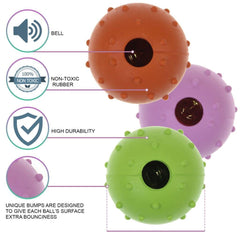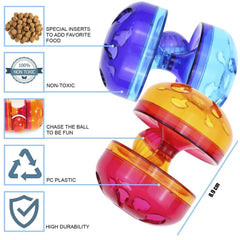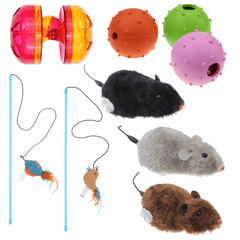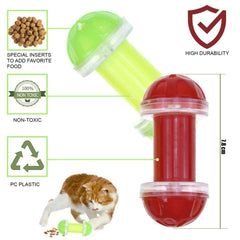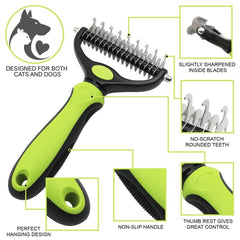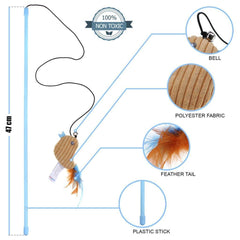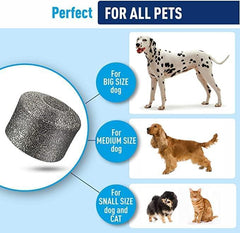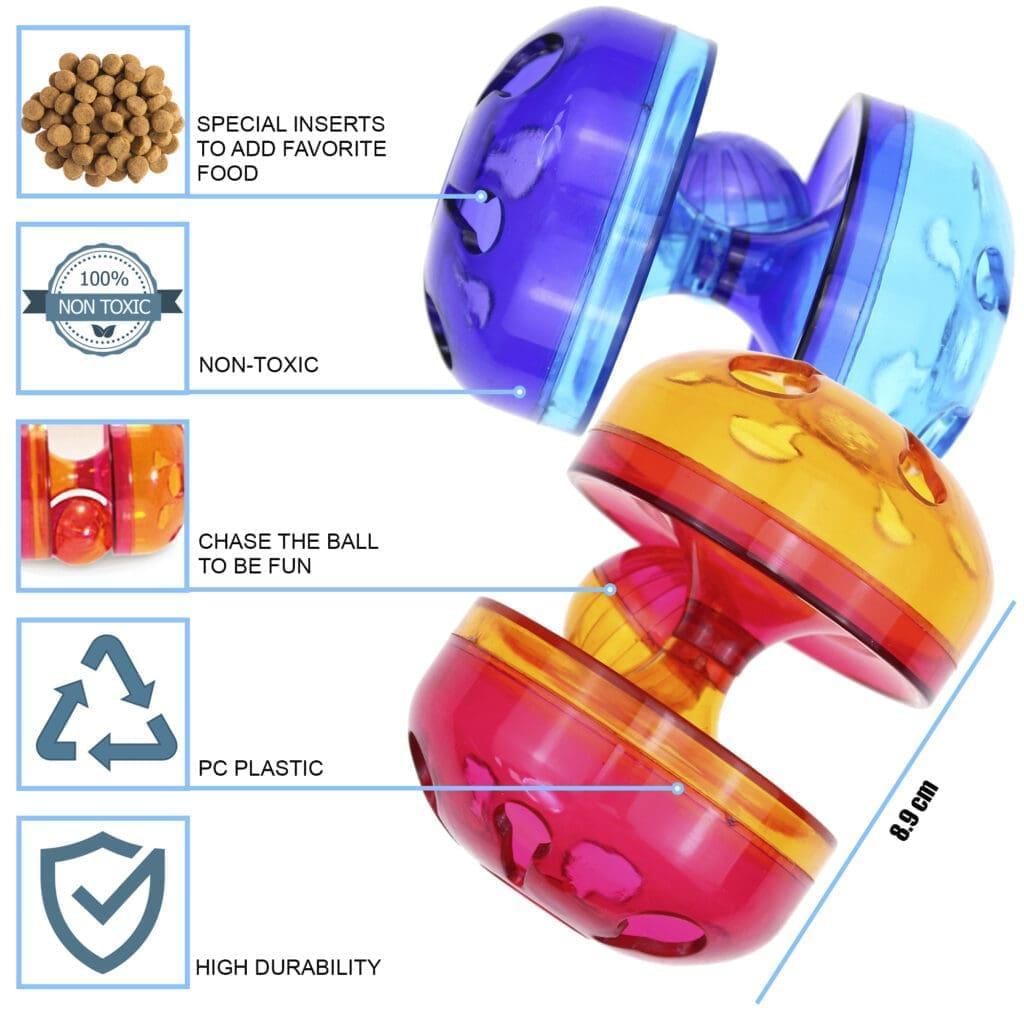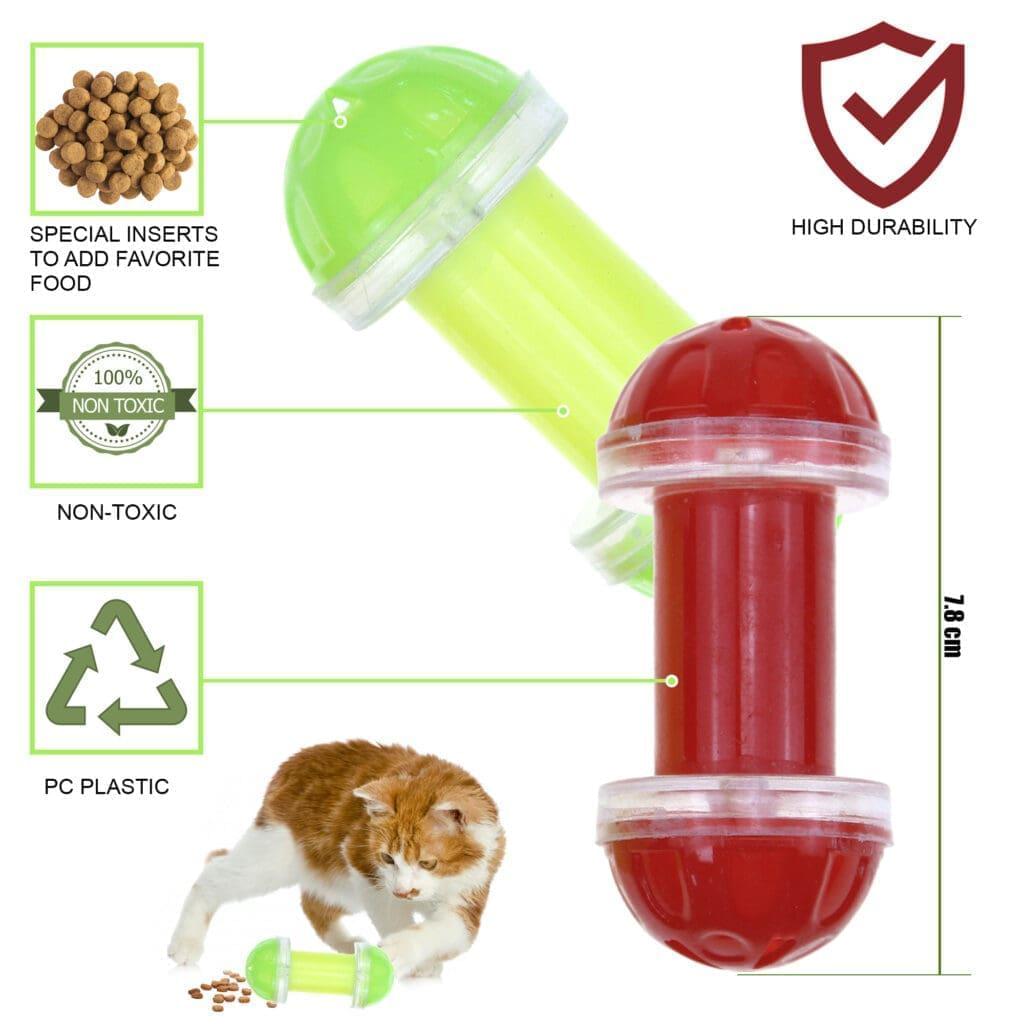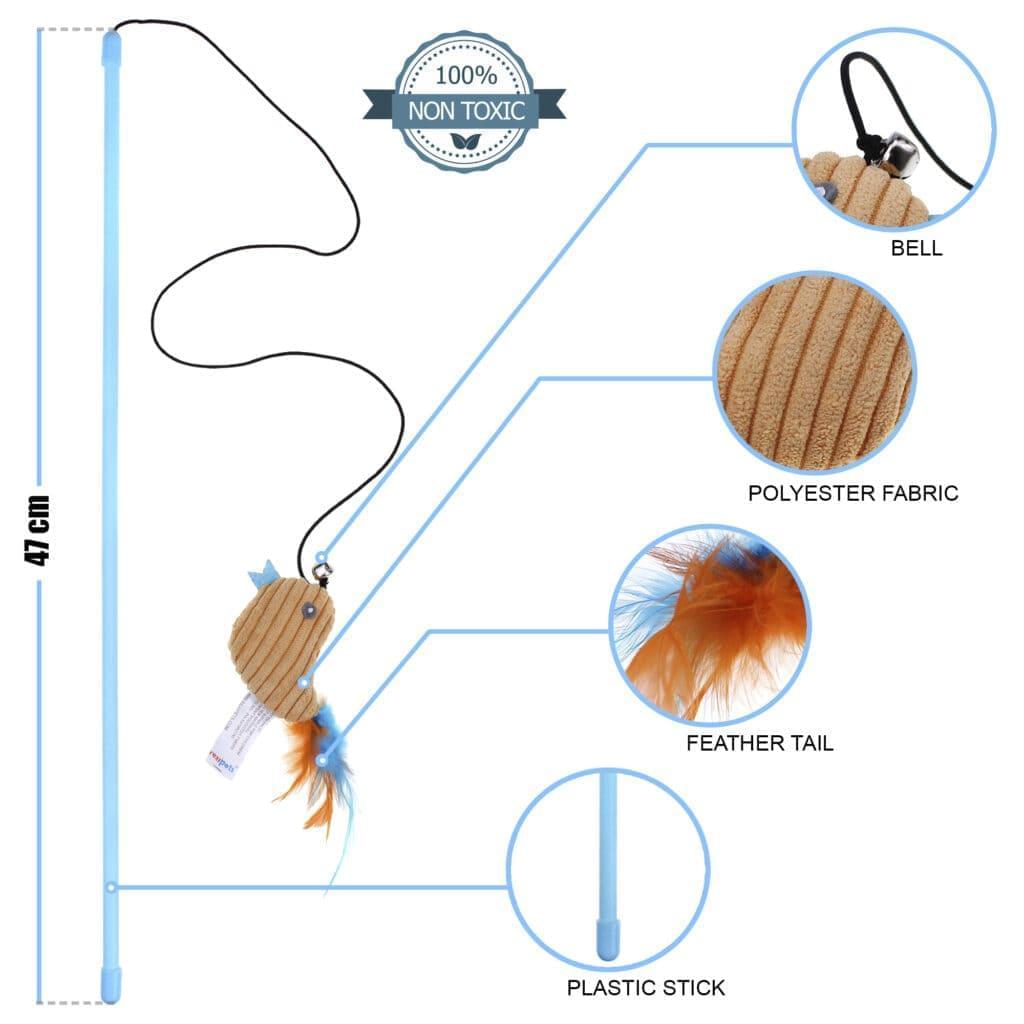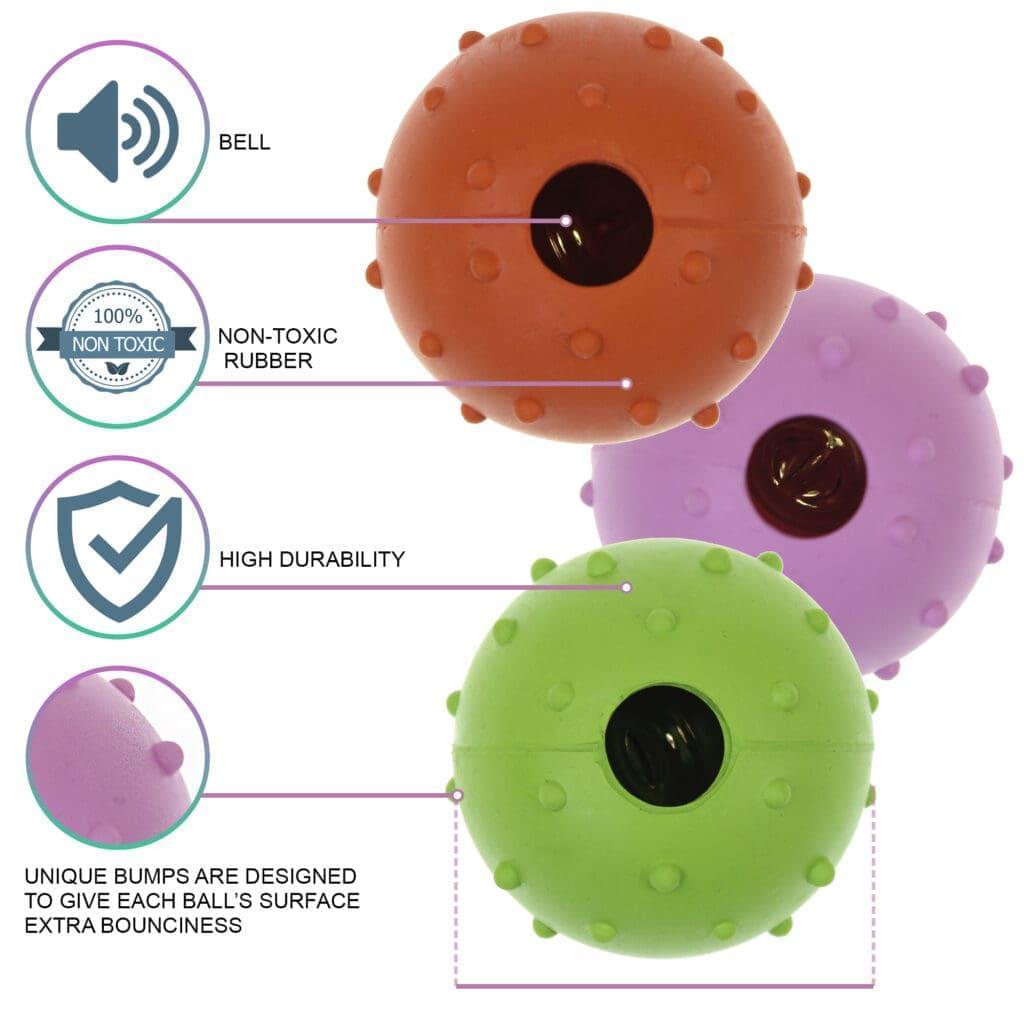
Have you ever wondered how to effectively use a de-matting tool on your cat? Are you struggling to address those pesky tangles and mats in your cat's fur?
Dog and cat owners alike know that grooming is essential to maintaining your pet's health and well-being. Among the various tools available for grooming, a de-matting tool really shines through, as it plays a crucial role in managing your cat or dog's coat itself.
In this article, we'll talk about matted hair in cats, its causes, and the potential problems that come with matted hair.
Let's explore the importance of dematting, and most importantly, the right way to use a dematting tool. We'll also offer tips to make the grooming process a stress-free experience for both you and your cat.
Let's delve into the cat care world and discover the best practices for keeping your cat's coat in top condition.
Matted Fur in Cats

Cats really like to groom themselves a lot, not just for vanity but because it's good for their skin. When they lick their fur, it helps make their skin healthy and produces oils that keep their fur smooth.
However, sometimes, their fur can become tangled, making it feel bumpy or knotted when you pet them. That's when we, as pet parents, need to help by fixing these tangles so our cats stay happy and healthy.
-
Causes

Normally, when cats groom themselves, it keeps their fur clean and stops fleas from bothering them. But sometimes neglected grooming also causes tangles, called mats. This might occur if something gets stuck in their fur or a cat doesn't groom properly. Mats can also show up in specific spots because of rubbing against things or surfaces.
Sometimes, cats might not groom as much if they're not feeling well or have behavior issues. If a cat has gotten a bit chubby or grown older, it might find it hard to reach some parts of its body. This can lead to mats, especially in certain areas like the lower back.
Certain kinds of cats, like Persians, Maine Coons, and other cats with long fur, are more likely to get mats because of the way their fur is. So, it's important to help them out and get rid of those mats for a happy and healthy kitty!
-
Problems with matted fur

When a cat's fur forms tangled clumps, it can be really painful for them. These mats can tighten over time, pressing on the skin and causing bruises and skin irritation. The cat matted fur blocks airflow to the skin, trapping dirt, bacteria, and even bugs. This irritation can easily turn into a skin infection, and the skin under the mats becomes thin and delicate, making it more prone to injuries.
If you notice sudden mats on your cat, it might mean they can't or won't groom themselves. If your cat stops grooming altogether, it could be a sign of a serious health problem, and it's important to see the vet.
Getting rid of mats quickly is crucial to avoid pain and skin issues. If there are just one or two tough spots, and your cat is grooming normally, you can handle it at home. But if there are a lot of mats or your cat seems really uncomfortable, it's best to get help from a professional. They'll know how to take care of it without causing more stress for your furry friend.
-
Types of dematting tools
You can use different tools to get rid of mats in your cat's fur. The common ones include combs and brushes, scissors, and dematting razors.
Dematting combs and brushes like the Rexipets Dematting Tool work well with small mats and tangles. They come in various sizes and shapes, with some having special features like rotating teeth or comfy handles.
Scissors come in handy for cutting out bigger mats that a comb or brush can't handle. Just make sure to use scissors with rounded tips to avoid accidentally cutting your cat's skin.
Dematting razors are designed to remove mats quickly and efficiently. They have sharp blades that cut through the mat without pulling on your cat's fur.
Some tools even have different-sized blades to fit different fur lengths and thicknesses. It's important to pick the right tool based on what your cat needs to keep their fur in good shape.
How to Use a Dematting Tool on a Cat?

A cat dematting tool is a helpful solution to get these mats and tangles without causing harm to your feline friend. We have a step-by-step guide outlining the steps for using a cat dematting tool:
-
Step 1: Prepare your Cat's fur
Before using the dematting tool, prepare your cat's fur. Use a soft brush to gently go through your cat's fur. This helps remove loose hair and loosen mats, making it easier to use the dematting tool. Remember to be gentle so your cat doesn't feel uncomfortable.
-
Step 2: Separate the matted hair
After brushing your cat's fur, check for any mats or tangles. They often show up in places where your cat's fur is longer or thicker, like around the ears, under the arms, or on the stomach.
When you spot a mat, carefully separate and pull it from the surrounding hair using your fingers. This ensures you won't accidentally cut or pull other parts of your cat's fur.
-
Step 3: Start dematting
Now, you're ready to use the dematting tool. Hold the mat firmly with one hand and use the dematting tool with the other.
Start slowly and gently, working through the mat or tangle from the outer edges, and work your way in toward
sthe center.Avoid pulling too strongly or accidentally cutting your cat's skin. If your cat seems uneasy or starts moving a lot, take a break and try again later.
-
Step 4: Gently brush
As you deal with the tangled fur, move the dematting tool back and forth gently. Take your time; don't rush or push too hard.
If you find knots or tangles, use your fingers to separate the hairs before using the tool again. Remember to take breaks to keep your cat comfortable and not stressed.
-
Step 5: Reward your cat
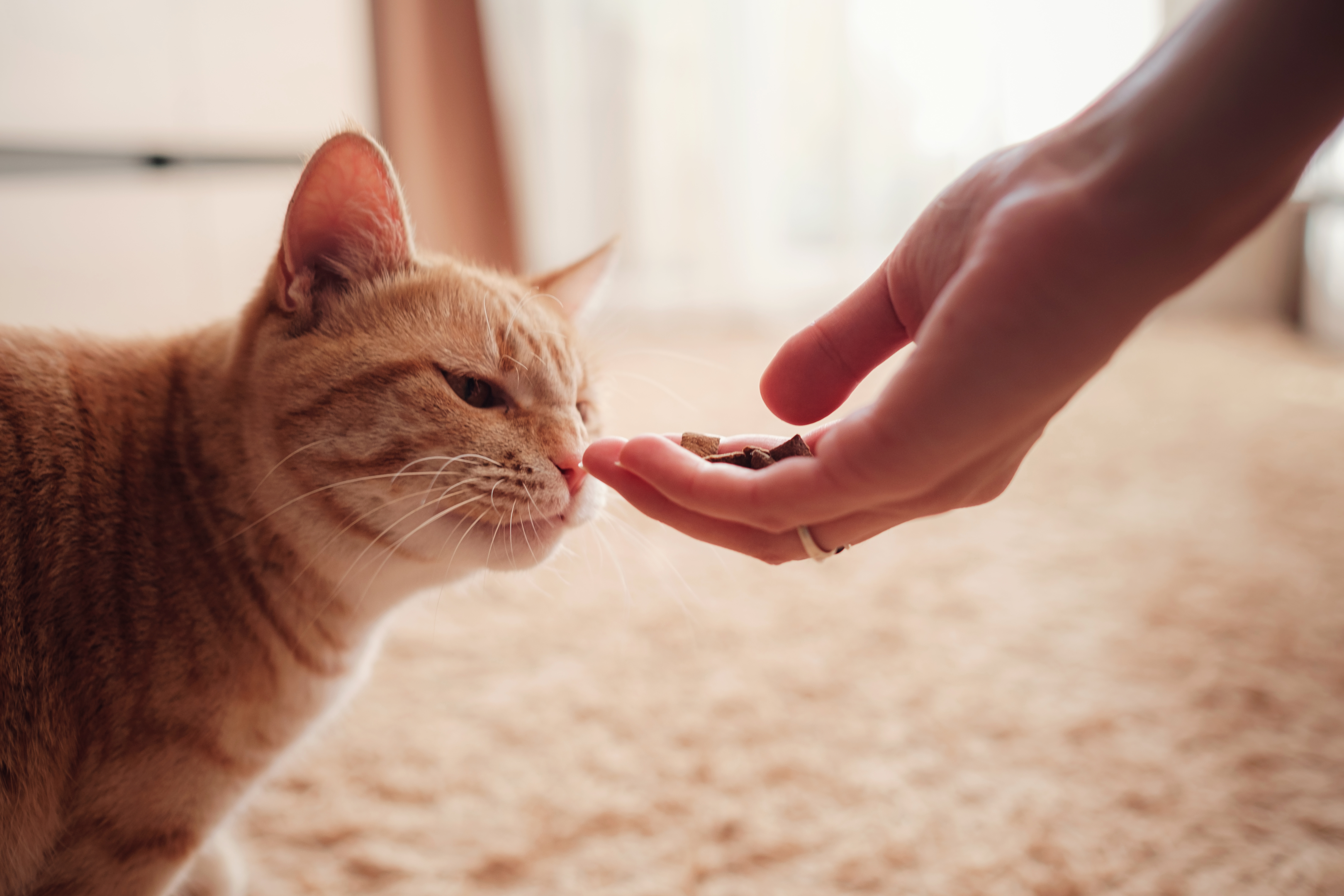
After you've managed to remove the mats, show your cat some love with treats or praise.
This helps encourage good behavior and makes the whole experience nicer for your cat. Keep a check on your cat's fur and tackle any mats or tangles that may form using the steps we discussed earlier.
Benefits of Using a Dematting Tool for Cats
A dematting tool is essential for keeping your cat's fur comfortable and healthy. It prevents troublesome tangles and mats from forming that can be quite unpleasant for your feline friend.
Moreover, the tool promotes overall skin health and stimulates proper hair growth by enhancing blood circulation to the hair follicles. It also ensures the even distribution of natural oils throughout the coat.
Regularly using a dematting tool serves as a preventive measure against excessive shedding. By getting rid of the loose fur and preventing it from getting all tangled up with the rest of your cat's coat, you actively contribute to maintaining a clean, well-groomed appearance and a healthier fur texture for your pet.
When to Get help from a Professional Groomer?

Severely knotted hair in cats should be handled by a professional. A skilled groomer can manage multiple mats without sedation if the cat isn't in considerable pain.
However, in some cases, cats may need mild sedation to ensure comfort while the groomer performs the mat removal process. This may involve a visit to the veterinarian.
For certain cats, shaving down the entire coat might be needed to eliminate all mats. If this drastic measure is necessary, it's crucial to stick to a regular routine of brushing and combing your cat regularly as the fur grows back to prevent mats from forming on your cat's body again.
Final Words

Let's be real; understanding how to use a dematting tool on your cat is a valuable skill for every responsible pet parent.
By following the steps outlined in this guide, you can make sure your cat has a comfortable grooming experience, preventing the discomfort that comes with cat mats and tangles.
Regular use of a dematting comb not only addresses existing issues your cat may have related to matts but also contributes to the overall health of your cat's skin and fur.
Remember to approach the process with patience and gentleness, taking breaks as needed to keep your cat at ease. Always remember that positive reinforcement via treats or praise can turn the grooming routine into a positive and enjoyable interaction for you and your furry friend.
By including the dematting tool into your cat care routine, you're not only maintaining their physical well-being but also creating a strong bond based on acts of service and care.
FAQs
How to prevent mats on cats?
While getting rid of mats is a crucial step for pet owners, it is equally important to prevent matting from happening in the future, as your cat can develop mats again.
To avoid mats, brushing your cat frequently is crucial, especially if they have long hair. Additionally, while petting your cat as part of routine care, check for any tangles, knots, or mats on their body. The earlier you address small mats, the easier they are to manage.
Is matted cat fur painful for cats?
Cat matting can cause a lot of discomfort for cats. Over time, these mats can tighten, applying pressure on the skin and resulting in bruising and irritation. The matted fur hinders proper airflow to the skin, potentially trapping dirt, bacteria, and parasites.
